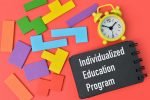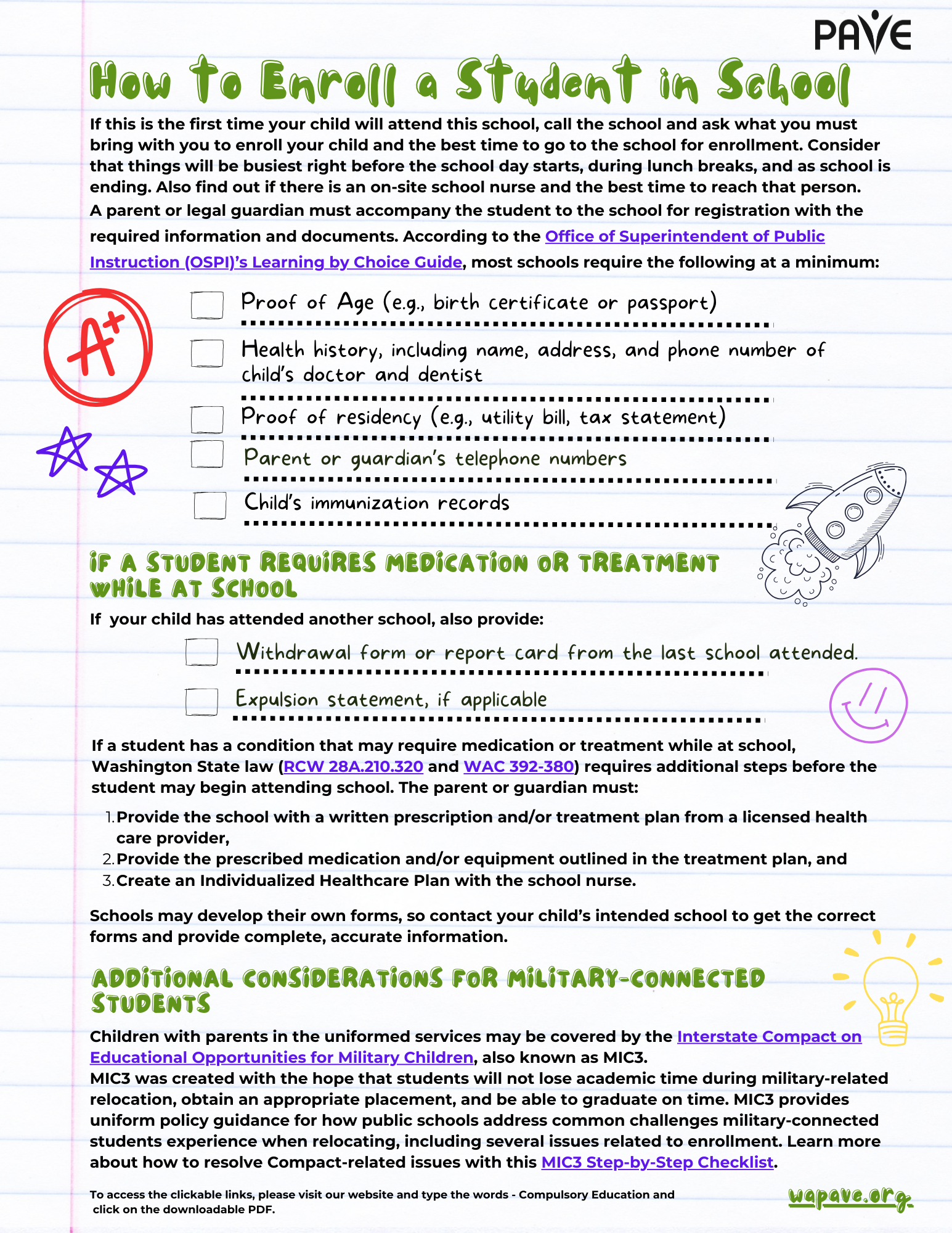Medical action plans are for situations where a child has a life-threatening illness or condition, when medication needs to be taken on schedule, and/or they need to be monitored for symptoms. This article explains what a medical action plan is, when it’s needed, where to use it, and how it’s separate from but can support Individualized Education Programs (IEPs) or Section 504 plans.
A Brief Overview
- Medical action plans are for situations where a child has a life-threatening illness or condition, when medication needs to be taken on schedule, and/or they need to be monitored for symptoms
- Medical action plans can be used in school, in community settings, and at home or while traveling.
- Your child’s pediatrician or primary care provider and their staff can be good resources to help you create the medical action plan.
- In schools, parents and their medically aware children) meet with the school nurse to develop or complete a plan. School staff are responsible for carrying out the plan.
- If a child has an IEP or 504 plan, a medical action plan can be referred to in any appropriate section to address limits on physical activities or modified academic expectations when a condition affects a child’s learning or ability to function well at school.
- Home, community and travel medical plans are very useful to inform first responders and others not familiar with your child’s needs with essential information about their typical routine and the steps to take in case of an emergency.
What is a medical action plan?
It’s a plan for when a child has a life-threatening illness or condition and/or requires medical monitoring or medication.
In school settings, school staff have responsibility for following the medical action plan. The plan is for the health and wellbeing of the student in the school environment.
Examples of illnesses and conditions might include:
- Allergies, like food allergies, that can cause anaphylaxis and need an epi-pen
- Diabetes which may require monitoring and insulin injections
- Asthma, and a backup inhaler
- Seizure disorders
- Mental/behavioral health conditions
- Complex medical conditions with ongoing needs
- Cancer, heart conditions, and any other serious or life-threatening illnesses and conditions
A medical action plan explains important steps like when to give rescue medication if needed, when to call emergency services (911), if the student should use a buddy system when going from place to place if there isn’t a support dog, and other essential actions based on the student’s individual medical needs.
Other items which might need to be on the plan:
- what kinds of durable medical equipment might be needed for support at school, and who is responsible for providing them
- what kinds of medication and medical interventions could come up day to day
- what kinds of emergency situations are possible
The medical action plan is developed to help school, their staff, the family, and student all be on the same page about the impact of an emergency event or a day that might have higher needs.
Here are some plan examples to guide you:
Medical action plans are not IEPs or 504 plans. If a student has an IEP or 504 plan, a medical action plan can be referred to in any appropriate section to address limits on physical activities or modified academic expectations when a condition affects a student’s learning or ability to function well at school.
Here’s more information about 504 plans and Individualized Education Programs (IEPs).
How do I request a medical action plan for my child?
A medical action plan is developed in a meeting or series of meetings with the school nurse and an IEP or 504 plan team, if your child is on a 504 plan or IEP. Parents can prepare for the meeting by drawing up their own list of their child’s medical needs in the school environment, but templates, or pre-made plans you can personalize are also available from the school nurse or your child’s pediatrician and/or specialty provider.
Once your child understands their medical needs and their body’s signals, it is vital to request that the student be a part of this meeting so that they can express what their triggers may be and what it looks like when they have a flare-up, attack, or episode. These points should also be written in the plan.
Some school districts require a doctor’s input or signature, especially if medication is involved. It’s a good idea to schedule a doctor’s visit in late July or August to help fill out the action plan so that you can get any input and signatures you need.
Parents should ideally meet with the school nurse and teachers or teams working with their child before registration or the start of school. If that’s not possible, schedule as soon after the school year begins to avoid potential emergency situations with no plan in place.
For students who already have medical action plans, this timeline is important to update the school nurse and staff about any changes in the student’s condition and adjust the plan accordingly. This may also include changes to the 504 plan and IEP if required.
Having information on hand for your child/youth when you or they travel or go on field trips can be accomplished through a one-pager or card that can be kept with you or your child. It would have:
- Your child’s diagnosis
- Medications prescribed and when your child takes them
- Any over-the-counter medications used and when your child takes them
- Emergency contacts
- What a medical emergency looks like for your child, and what steps to take to deal with it.
Essential brief “information at a glance” can be on a single sheet of paper or card and put on the refrigerator for first responders, sitters, and respite workers. You or your child can carry it when visiting or in a community setting. Plastic peel-and-stick “laminating” sheets are handy to protect the paper or card and are available at office supply stores and online. Information on how to create these forms and the templates can be found at the links below.
Family to Family Health Information Center (opens on a new website)
My Child’s Care (PAVE’s articles on Health and Wellness)





























































